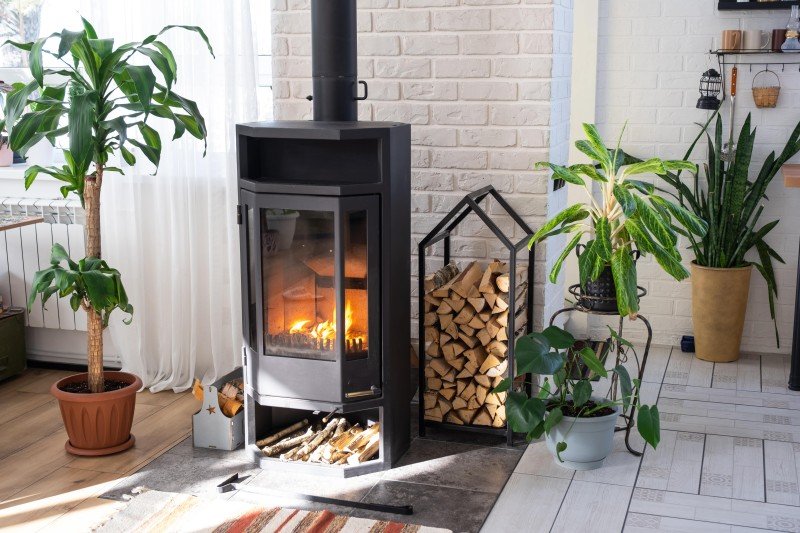In an era where energy effectiveness and area optimization are becoming progressively crucial, small fireplaces have actually emerged as an enticing alternative to traditional, bulky hearths. These compact heating solutions use heat and a centerpiece for any space, heightening both convenience and aesthetic appeal. This post checks out the various kinds of small fireplaces, their advantages, installation factors to consider, and upkeep ideas, eventually assisting property owners make informed decisions when considering these lovely heating options.
Small fireplaces use a variety of styles, including electric, gas, ethanol, and wood-burning models. Each type presents special benefits and style possibilities, making them appropriate for numerous living areas.
| Fireplace Type | Description | Pros | Cons |
|---|---|---|---|
| Electric | Utilizes electrical energy to generate heat. Provides lots of designs, consisting of wall-mounted and freestanding systems. | - Easy to set up - Low maintenance - No venting required | - Limited heat output - May sustain higher electrical energy costs |
| Gas | Burns gas or lp. Typically readily available as logs in a traditional fireplace or modern styles. | - Efficient heat output - Cleaner than wood - Easy ignition | - Requires gas line setup - Some units need venting |
| Ethanol | Burns bioethanol, supplying genuine flames without a chimney. | - Eco-friendly - Portable - No setup required | - Limited heat output - Higher fuel costs |
| Wood-Burning | Traditional fireplaces that burn fire wood. Typically used in more rustic settings. | - Great heat output - Rich atmosphere - Can be utilized throughout power blackouts | - Requires a chimney - Regular upkeep and cleaning |
When pondering a small fireplace, installation is an important aspect that can impact the option of design. Below are valuable factors to consider:

Like any other home device, small fireplaces need routine maintenance to operate effectively and safely. Here are important maintenance ideas for numerous fireplace types:
While some electric and ethanol fireplaces are reasonably easy to set up, it is a good idea to hire an expert for gas and wood-burning systems to ensure compliance with regional building codes.
The expense will vary depending upon the type of fireplace. Generally, electric fireplaces might sustain greater electrical energy expenses, while Wood-Burning Fireplace alternatives can draw from sustainable fire wood products.
Authorizations are typically needed for gas and wood-burning fireplaces due to their setup intricacy and security policies. Constantly consult regional authorities.
The majority of electric fireplaces can run for extended periods; however, it's suggested to follow producer guidelines to prevent overheating or harming the system.
This largely depends on specific requirements. Electric models are versatile and easy to set up, while gas and ethanol alternatives offer real flames with efficient heat output.
Small fireplaces represent a functional and stylish option for those seeking efficient heating services in compact living areas. With numerous types readily available, house owners can choose designs that align with their aesthetic choices and area requirements. By comprehending the setup processes and regular maintenance needed, people can enjoy the comfort and ambiance that small fireplaces offer for several years to come. Whether for a cozy night in the house or an inviting area for events, small fireplaces are an enduring element of modern and traditional decoration alike.
No Data Found!
